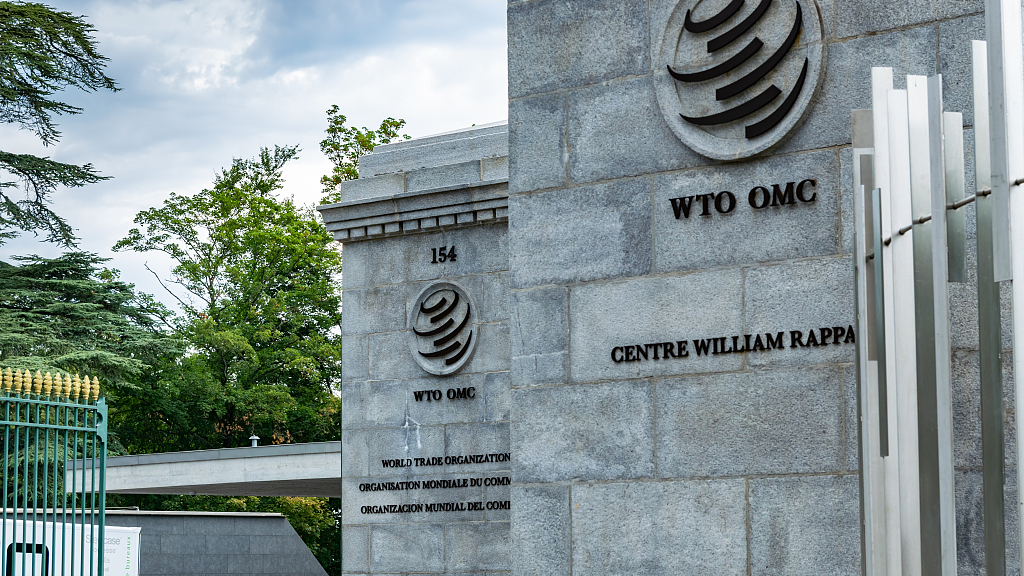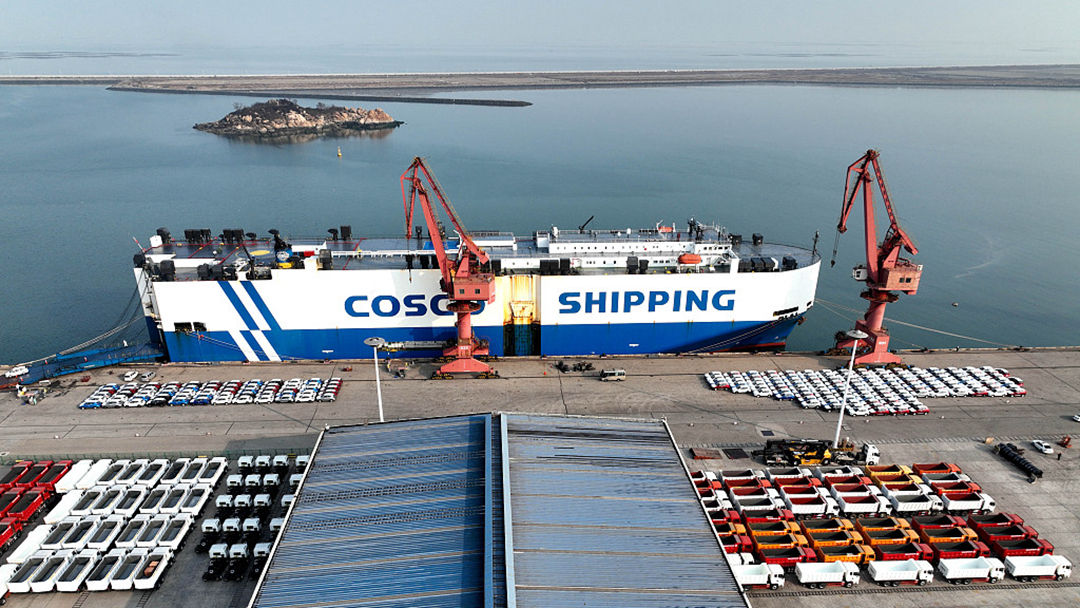
Photo: VCG
Editor's note: Azhar Azam works in a private organization as a market and business analyst and writes about geopolitical issues and regional conflicts.
This year's December 11 marks the 21st anniversary of China's entry into the World Trade Organization (WTO). When China was not a member of the WTO, its exports were subject to discriminatory treatment from the overseas markets. The country saw its exporting enterprises facing anti-dumping actions. After 15 years of negotiations, China acceded to the WTO.
Before entering the WTO, China was making a rapid transition to a market economy. According to a study by the International Monetary Fund, China from 1979-1994 recorded an average real economic growth rate of more than 9 percent per annum, exceeding 13 percent in some years.
The IMF recognized that the sustained increase in productivity (increased worker efficiency), started from 1978.
Washington supported Beijing's candidacy for WTO membership and urged Congress to approve Permanent Normal Trade Relations (PNTR) with China that had been passed every year since 1980 to "choose" economic growth for the country.
China's ambitious reforms, opening up of its economy and innovations boosted productivity and raised living standards for all Chinese. Hence, Beijing joined the WTO to emerge as one of the world leading trading nations.
Beijing's WTO membership and PNTR status allowed the U.S. and other foreign companies to produce goods in China and export them back and to the world. A study by the National Bureau of Economic Research in 2017 found China's entry to the WTO reduced prices of Chinese manufactured goods in the U.S. by an estimated 7.6 percent between 2000 and 2006. It saved roughly $340 billion for the domestic manufacturing sector in 2014.
Two analyses in 2017 and 2019 claimed that China's development supported $216 billion, or 1.2 percent of U.S. GDP in 2015, as well as a total of 2.6 million jobs with Chinese imports pushing the purchasing power of each U.S. household by $1,500 between 2000 and 2007.
Another study for 1980-2016 described the U.S. as a greater beneficiary of the General Agreement on Tariffs and Trade (GATT-WTO) membership in terms of growth in manufacturing output and exports compared to China. After China joined the WTO, the U.S. manufacturing sustained its growth momentum until the Great Recession in 2007 and has maintained record levels ever since.
The American agriculture sector had more access to the 1.4 billion market and lifted U.S. agricultural exports to China by 700 percent between 2000 and 2017, according to the U.S. Department of Agriculture. In 2021, Washington's farm exports witnessed a steep rise of 25 percent to about $33 billion, supporting millions of on-farm employment.
U.S. companies also have strong performance in China. In a 2021 survey by the U.S.-China Business Council, 95 percent of respondents reported their China operations were profitable and hoped to bolster innovation and competitiveness in the country and around the world. Most companies expected their revenue to surge in the future.

A view of the Port of Lianyungang in east China's Jiangsu Province, January 3, 2022. (Photo: CFP)
Some former and current U.S. officials indict China for violating its WTO obligations and exploiting gaps in WTO rules. Actually, the U.S. has shown disregard for this organization. After the Donald Trump administration levied punitive tariffs on Chinese goods, inconsistent with the WTO rules, U.S. President Joe Biden continues to break protocol by keeping these duties intact.
While subsidies and tax credits under the U.S. Inflation Reduction Act threaten the rules-based international order, they undermine the interests of the countries deemed close to America. The European Union believes the tax breaks contravene the WTO rules and put their businesses at a disadvantage against U.S. rivals. Germany has warned of a trade war with the U.S. over the latter's "enormously protectionist" policy.
Over the last two decades, China has met its WTO accession commitments. As of 2021, Beijing had cut the overall tariff rate to 7.4 percent from 15.3 percent in 2001, and opened 120 service industry sub-sectors, more than the binding commitment of 9.8 percent and 100 respectively. China had pledged to advance trade and investment liberalization and take measures for the development of a market economy.
The latest research noticed the Chinese exports were experiencing growth due to domestic reforms that increased productivity and the WTO entry had boosted the efficiency. An analysis of the "China Shock" came to a conclusion: although some U.S. regions lost manufacturing jobs as a result of trade with China in early 2000s, the trend has ended and it's "likely" China is leading to an increase in America's service sector employment or may have even increased total U.S. employment.
In its 2004 report, the U.S. Trade Representative acknowledged China's regulations were "substantially" in compliance with its WTO obligations; the most recent report alleges Beijing hasn't embraced the WTO rules. This is a distortion of the truth. Beijing is building a market-oriented business environment.
China's maturation into the "world's factory" has reinforced the U.S. global economic dominant position in the world by playing a central role in the country's supply chains, bringing hundreds of dollars to American investors, sending the most students and creating millions of jobs in the U.S. exports sectors. In comparison, Washington continues to downplay the role of the WTO and is enforcing protectionism over its allies that could force them to safeguard their own economic interests.


